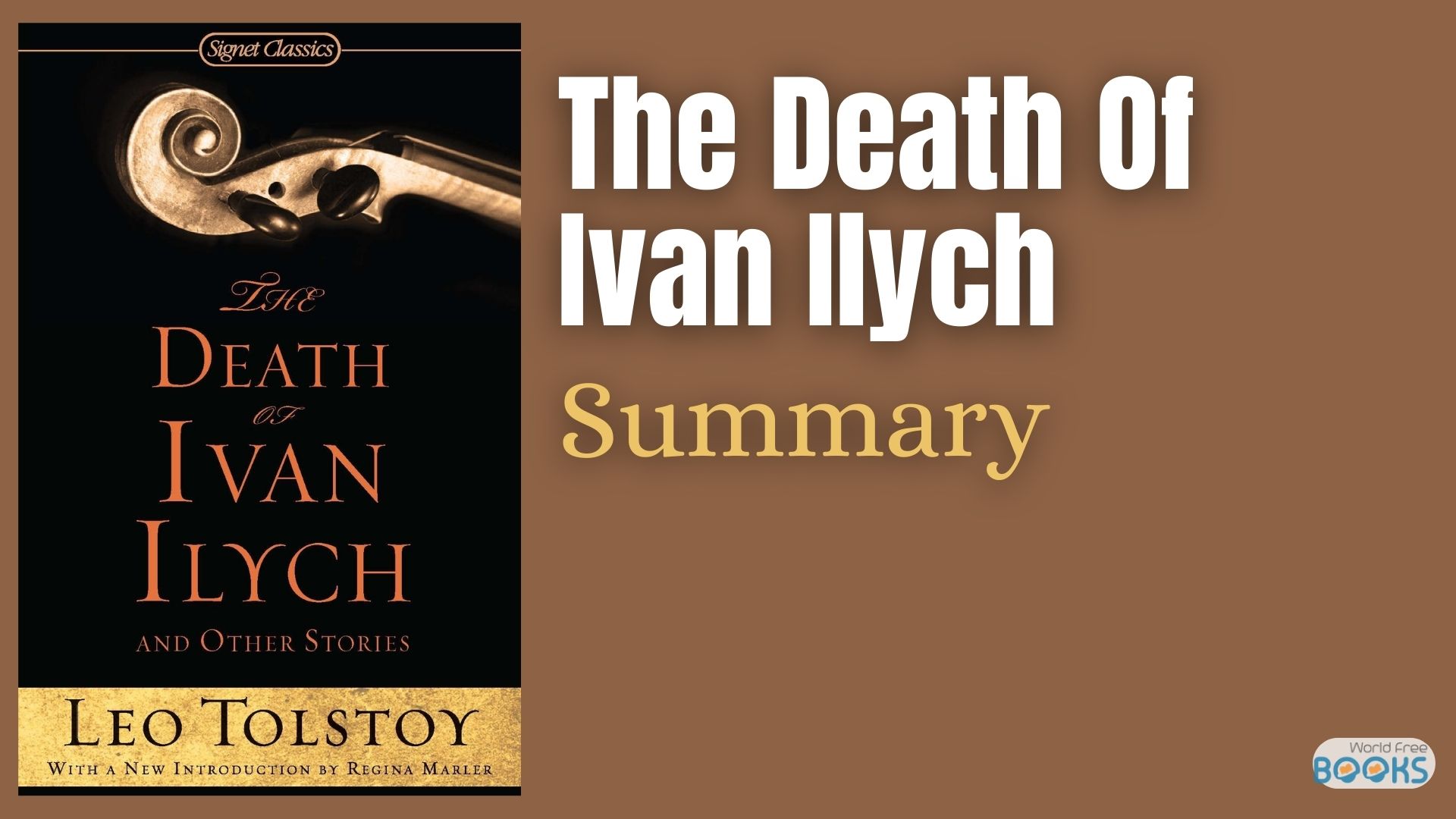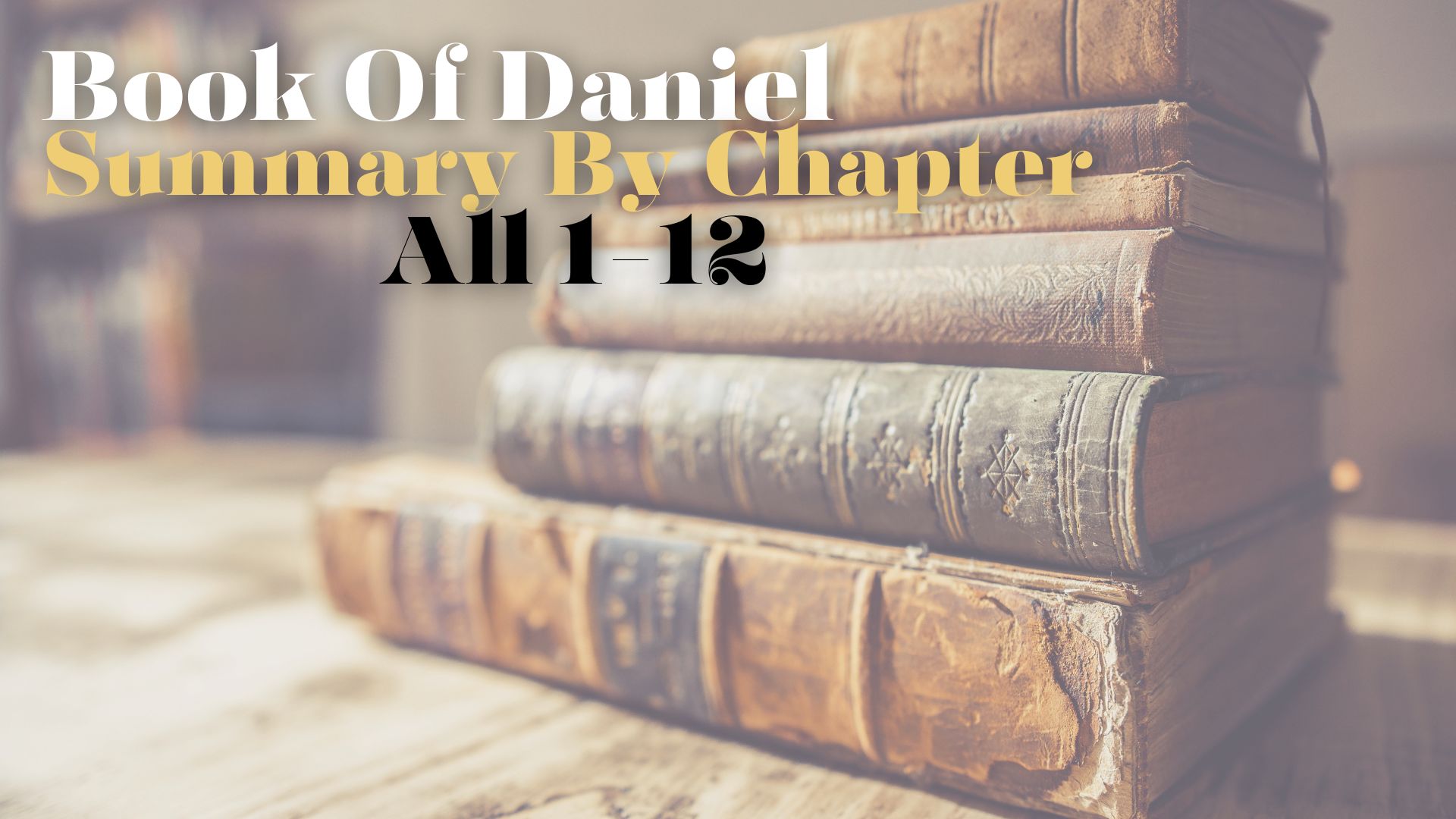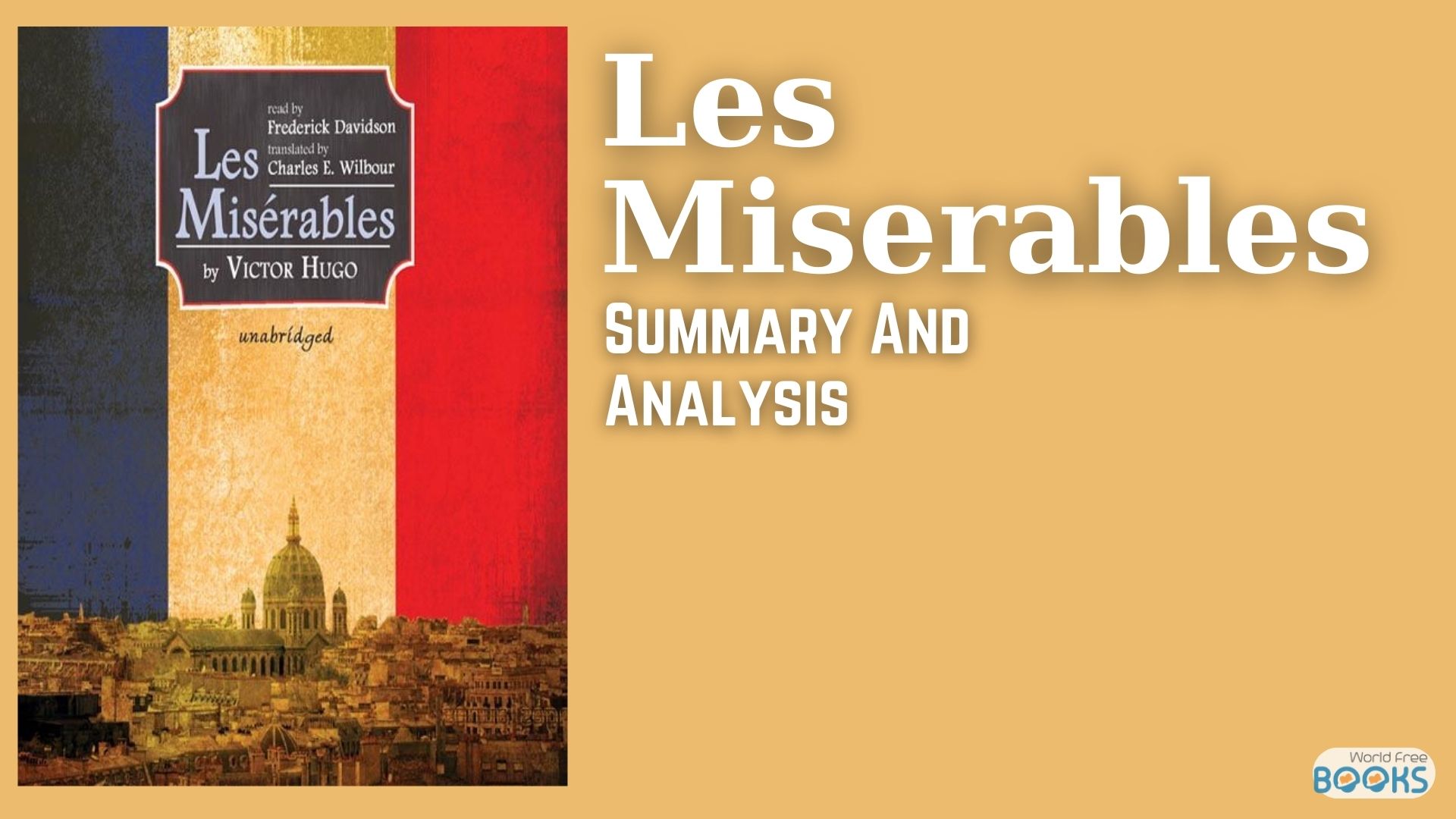
Les Miserables Summary And Analysis is a comprehensive read about this fantastic creation of Victor Hugo, a French poet. I am sure you will love this read, so be sure to follow through and be Amazed!
Les Miserables A classic written by Victor Hugo, it was published in 1862, the narrative explores the themes of justice, redemption, and love, as the characters go through a lot of heavy themes and plots, it keeps the readers intrigued. The novel has been praised as one of the greatest of its time and adapted several times into many many various formats.
Character List Les Miserables Summary And Analysis
Jean Valjean: He is the Protagonist an ex-convict who has left his life of hatred and deceit and makes a fortune with his innovative industrial techniques. He feels love in taking care of people, fulfillment in taking care of his adopted daughter, and helping people even if it means risking his own life and welfare.
Javert: He is a strict and straight-laced police inspector. He has a firm belief in upholding law and order, he stops at nothing to enforce France’s harsh penal codes.
Fantine: She is a woman who went to Paris leaving her home town montreuil-sur-mer to seek fortune. when she gets into an innocent affair with a dapper student named Tholomyes, she gets pregnant and he abandons her.
Cosette: She is Fantine’s daughter who lives as Valjean’s adopted daughter after her mother dies. Her childhood was spent as a servant of the Thenardiers in Montfermeil, but even this awful experience does not make her hardened or cynical.
Marius Pontmercy: He is the son of Georges Pontmercy a colonel in Napoleon’s army. He grew up with his grandfather M. Gillenormand, A monarchist. Marius gets into an identity crisis after he learns of the real reason behind his separation from his father. This crisis leads him to discover his path to find himself.
Thenardier and Madame Thenardier: They are a couple seen in the story as being greedy and cruel. They exploit Cosette and Later even try to blackmail Valjean.
Eponine and Azelma: They are the daughters of Thenardiers, who suffer from poverty and neglect, She is secretly in love with Marius and sacrifices herself when she has the chance for him.

Les Miserables Summary And Analysis Of Its Themes
Les Miserables Summary And Analysis presents you with a short but concise look into the themes found in the book, and how these themes interact with one another in a phenomenal way making this book a piece of work.
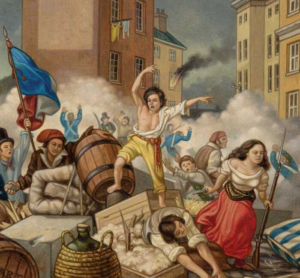
Changes and Transformations: We can clearly see changes depicted in the novels through many individuals and societies, especially through the character of Jean Valjean.
Human Rights: The Novel highlights many people in the society who were abandoned by it in 19th-century France. Still, we can say that characters like Bishop and Valjean, Hugo give us an alternative conception of actual social justice based on liberty, education, equality, and compassion.
Class Conflict: The novel depicts many injustices made by society, the judicial system, and even individuals as a whole in regard to the less fortunate and lower-class people in society. The story gives us an example of it through the story of Valjean. Hugo can clearly be seen as exploring these themes through his story Les Miserables.
Love and Compassion: Hugo has made a point in the story that love and compassion are the most important gifts one can give to another. The transformation of Valjean from a Hate-filled and hardened criminal to a philanthropist epitomizes Hugo’s own emphasis on love.
Social Injustice: The novel can be seen as condemning the unjust class-based structure of 19th Century France, showing that society’s structure is the one that makes good, innocent people into beggars and criminals.
History, Revolution, and Progress: The novel gives us the notion of the perpetual rise and fall of regimes through the saturated French history.
Mystery and Knowledge in Paris: The depiction of masks, costumes, mistaken identity, and concealment is shown in full throughout the novel, and how it clearly takes place In the winding streets of Paris.
All these themes have great details taken from the real history of 19th-century France and their societal and Judicial forms.
Les Miserables Summary And Analysis Of Its Plots
It is a story of redemption, justice, and revolution. The Life of Jean Valjean the story follows a former prisoner sentenced to Nineteen years of jail time for stealing a loaf of bread.
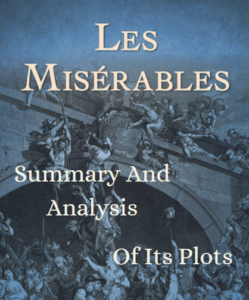
After he breaks his parole and changes his identity becoming a successful businessman and a caring father to a factory worker’s daughter.
But that is not the end of it, he is constantly hunted by Javert who is a ruthless policeman obsessed with capturing him. The Irony of the matter is that Javert though loyal and believes in Justice is actually just a tool for the fractured and biased Judicial system described in the Novel.
The story culminates in the June Rebellion of 1832, It is the time when Jean and his friends Join the fight to gain freedom.
Divided into 5 volumes, each of the volumes has been divided into several books and subdivided into chapters for a total of 48 books and 365 chapters. With Various subplots, the main thread of the story is the ex-convict Jean Valjean. He becomes a force for good in the world but cannot escape his criminal past.
What is the Significance Of The Title Les Miserables?
‘Les Miserable’ the title of the book is of great significance to the story itself, which is the reason why in the Les Miserables Summary And Analysis we haven’t failed to not talk about it.
It translates to a number of different meanings, like The Miserable, The Wretched, The Poor Ones, or The Downtrodden in English.
The author Victor Hugo wanted to depict and emphasise the people who are overlooked, neglected, and ostracised by society in this book.
The title Signifies the plight of the marginalized and dispossessed in society and how these people are faced with injustices throughout their lives.
So we clearly can’t ignore the impact of the powerful title that encapsulates the main themes of the novel and draws such a vivid picture of the less fortunate in society.
A Few Words To End Our Les Miserables Summary And Analysis
The book Les Miserables is a great novel depicting the injustices of 19th-century France, but it is an epic written piece that can also be connected with every society of every passage of time recorded in history and that will be recorded in the future of history.
One can easily that to be possible since what Hugo has Written is not without proof and we have seen these things happen in the past, these events are happening now and will also continue to happen in the future, the significance of the book is so great that one can’t emphasize enough about this.
So even with our Les Miserables Summary And Analysis that has only just taken some details of the books, if you are interested Be sure to Read this book to increase your conscience of the matter, there will always be meaning in this book as what we found from our Analysis to this point.
If you liked our read, be sure to check out our collection of books and many other interesting reviews and summaries.

 Dec 28, 2023
Dec 28, 2023 